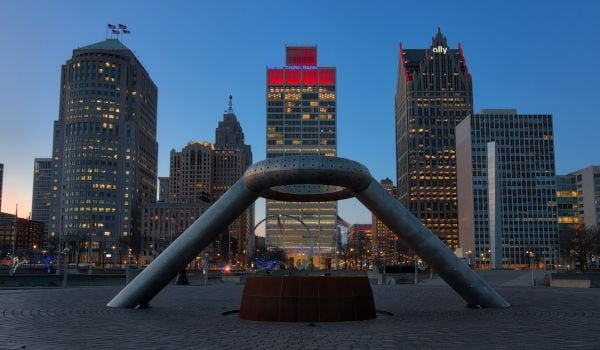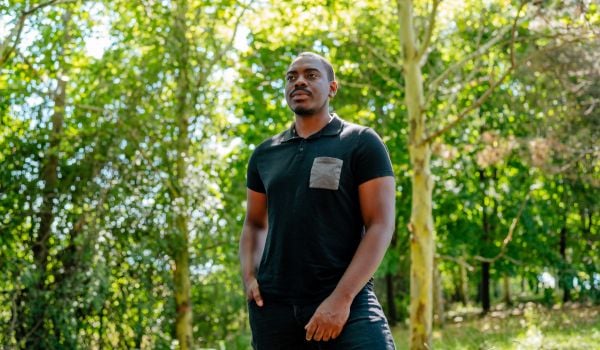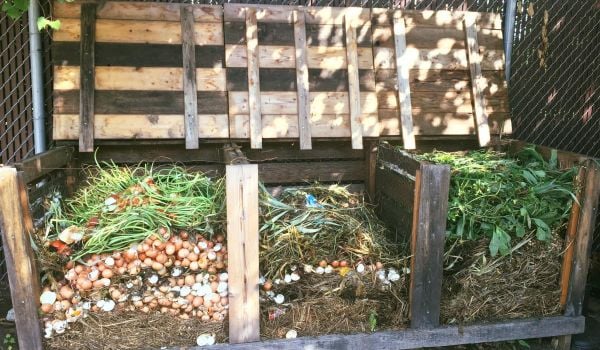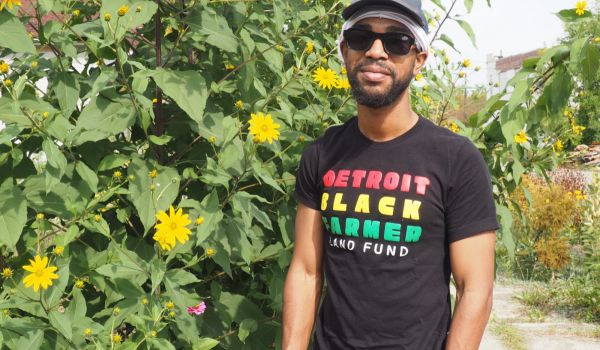
Many people know Detroit by its one defining factor: the city has been in decline for decades now. It was refreshing then to read the Detroit Free Press’s five-part series of exploring the state of decay and renewal in the city. Part one explores the age-old areas of decay. Here’s a particularly poignant quote:
“Fifty years ago, when I moved in, it was beautiful,” said Walter Martin, 83, who lives on Buchanan near 24th. “Little by little, everything left. I stand here and I almost cry.”
The second section explores the well-to-do neighborhood of Palmer Woods that “never really looked like the rest of Detroit.” It has seen blight encroach on its territory,
Palmer Woods is not the only elite neighborhood in Detroit that finds itself fighting an escalating battle with the kinds of cancers that rarely existed there before and, over time, have destroyed large swaths of the city.Adjacent to Palmer Woods and only slightly less majestic are Sherwood Forest and the University District. Those neighborhoods, similarly, are battling blight and the pathologies that accompany it: crime, stripping, squatting and fires.
The third part discusses the role of artists in the rebirth of the city. Sounds totally amazing to me:
“When we talk to artists from out-of-town, we mostly talk about opportunities that don’t exist elsewhere,” he said. “You can come to the city, take over land, do whatever you want.”
In the fourth part there is a discussion of nature in Detroit. When lots go vacant, they can turn into gardens — or garbage dumps.
In many parts of the city, you can see aggressive trees, bushes and weeds that have surged through soil, wood and cracks in the concrete to reclaim empty lots, garages, alleys and even some streets,
Last but not least, there is some commentary on the spirit of Detroiters.
This piece was completed in 2007 — does anyone in Detroit have any follow-up information one year later?

Diana Lind is the former executive director and editor in chief of Next City.



_600_350_80_s_c1.JPEG)











